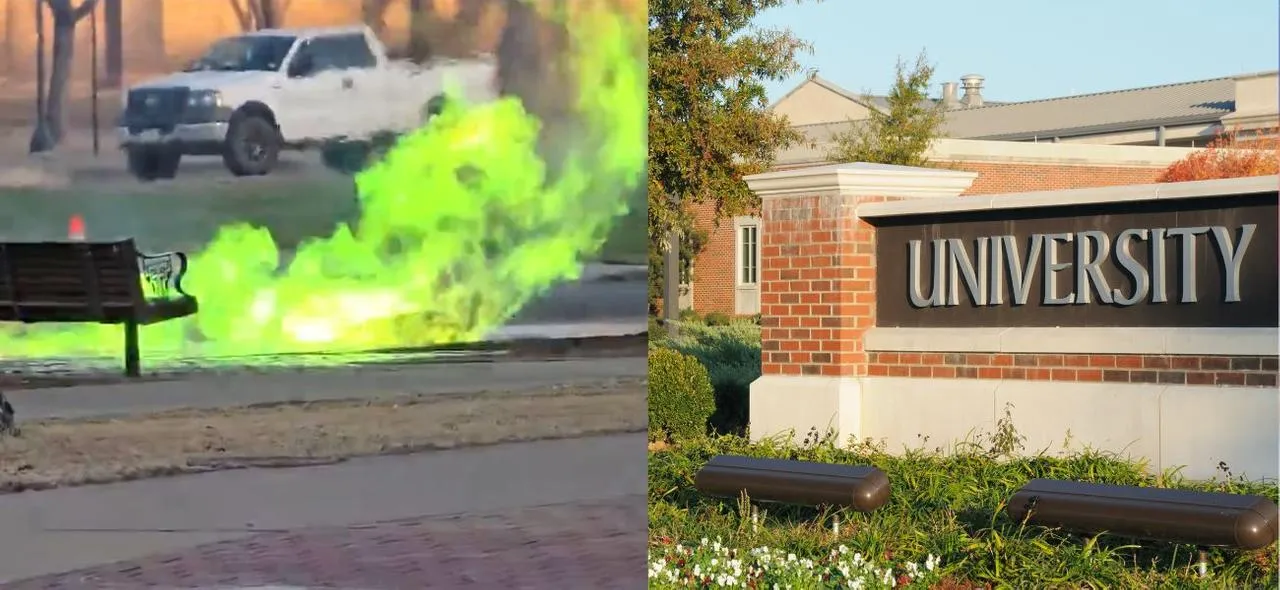
A recent explosion at Texas Tech University has raised concerns about campus safety and emergency preparedness. While no injuries were reported, the incident highlights the need for stricter protocols and improved response measures.
Texas Tech Explosion: A Wake-Up Call for Campus Safety
An explosion on the Texas Tech University campus in Lubbock sent shockwaves through the community, raising serious concerns about campus safety and emergency preparedness. While, fortunately, no injuries were reported, the incident serves as a stark reminder that universities must remain vigilant in ensuring the safety of students, staff, and visitors.
The Explosion and Its Immediate Aftermath
According to reports, the explosion occurred in a campus building, prompting a swift response from emergency services. Officials have not yet determined the exact cause, but initial investigations suggest that it may have been related to laboratory equipment or infrastructure issues.
In response to the incident, Texas Tech announced an immediate spring break for students, ensuring that campus operations could be assessed and any potential hazards addressed. The university’s decision to act quickly was commendable, but it also raises an important question: Was this explosion preventable?
Campus Safety: A Growing Concern
While Texas Tech has reassured students and faculty that no injuries occurred, the explosion underscores broader concerns about campus safety nationwide. Universities house complex research facilities, aging infrastructure, and thousands of students and staff—creating an environment where accidents can happen if precautions are not taken seriously.
Key safety concerns include:
- Aging Buildings and Infrastructure: Many college campuses operate in older buildings that may have outdated electrical and gas systems, increasing the risk of explosions or fires.
- Hazardous Materials in Labs: Science and engineering departments handle volatile chemicals and equipment daily, making strict safety protocols essential.
- Emergency Preparedness: How well-prepared are universities to respond to explosions, fires, or other disasters? Are evacuation procedures clear and effective?
Brooks & Dunn Concert Rescheduled: A Small Disruption, A Bigger Lesson
One of the immediate consequences of the explosion was the rescheduling of a Brooks & Dunn concert that was set to take place near campus. While this is a minor inconvenience compared to the potential dangers of such incidents, it highlights how even a single unexpected event can disrupt student life, community events, and business operations.
This should serve as a reminder that when universities fail to prioritize safety, the ripple effects go beyond the classroom. Public events, local businesses, and even city infrastructure can be affected when an institution does not have proper risk mitigation strategies in place.
What Texas Tech (and Other Universities) Should Do Next
While the explosion is still under investigation, Texas Tech—and other universities across the country—should take this as an opportunity to strengthen campus safety protocols. Some key steps that should be taken include:
- Comprehensive Safety Audits: Regular inspections of all buildings, especially older ones, to identify and fix potential hazards.
- Improved Lab Safety Measures: Stricter oversight of chemicals, equipment, and ventilation in research facilities.
- Better Emergency Communication: Universities should ensure that all students and staff receive real-time updates about emergencies.
- More Frequent Safety Drills: Practicing evacuation procedures can save lives in the event of a real emergency.
Final Thoughts
Texas Tech was fortunate that this explosion did not lead to injuries or loss of life. However, this incident should serve as a wake-up call for universities nationwide to reassess their safety policies and ensure that campuses remain secure learning environments.
As students prepare to return from spring break, Texas Tech has an opportunity to rebuild trust by demonstrating transparency in its investigation and committing to stronger safety measures moving forward.